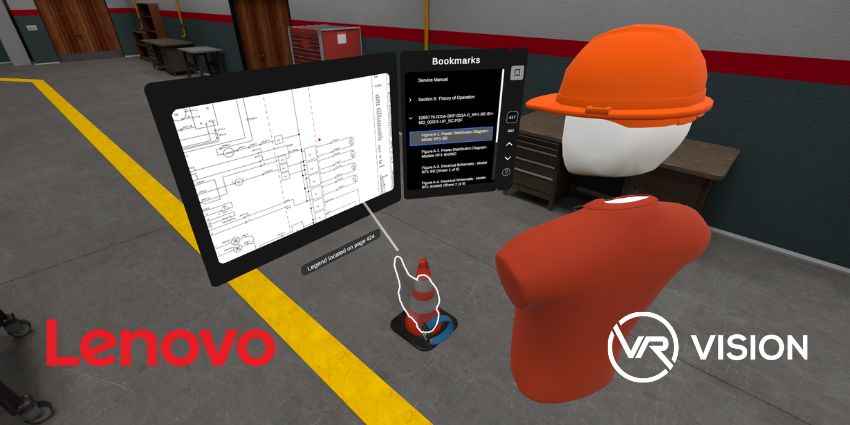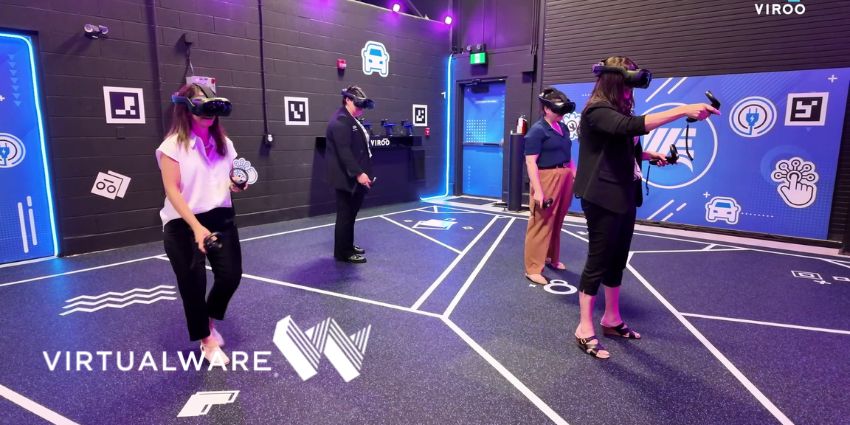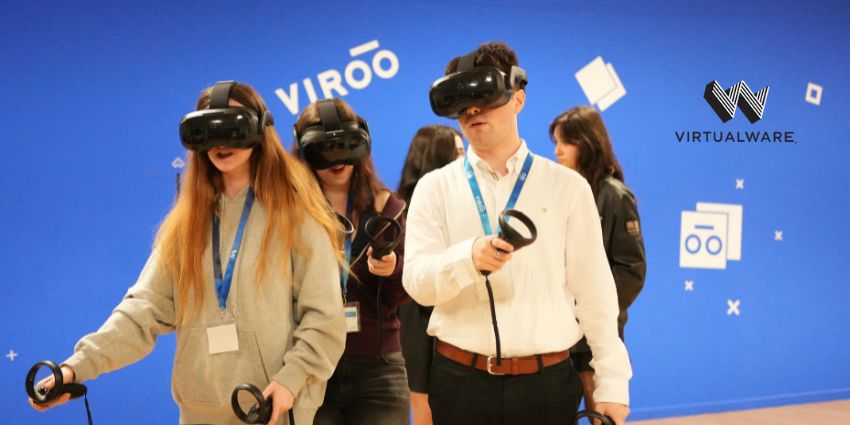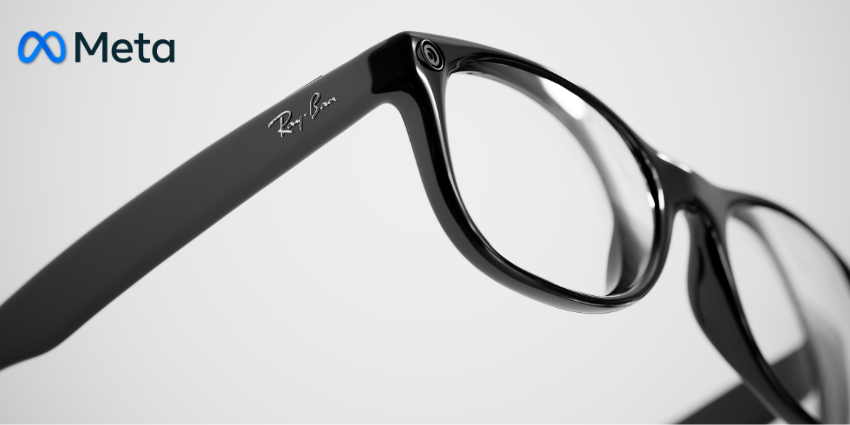Valve’s reveal of the Steam Frame feels like a long-overdue jolt for the PC VR ecosystem. If you’re an XR vendor, enterprise buyer, or innovation lead tracking the future of immersive hardware, this headset isn’t just another spec bump. It marks a shift toward streaming-first design, frictionless access to massive software ecosystems, and modular hardware that lives somewhere between a console, a wearable, and a workstation terminal.
Valve hasn’t dropped a release date or price, and there’s no new Half-Life-tier software showcase this time around. But the hardware direction alone signals something important: Valve wants to make PC VR as easy to use as slipping on a Quest, without forcing you into a walled garden.
A Streaming-First Headset Built for the Entire Steam Library
What makes Steam Frame spicy from an enterprise and B2B perspective is its architecture. This is a wireless terminal for the entire Steam library, VR and non-VR.
Valve is positioning Steam Frame as a frictionless way to step into immersive content OR kick back with a standard game projected into your personal cinema. That duality matters. It signals a world where XR is a modality for existing workflows and entertainment.
The core experience hinges on dual-radio architecture. One radio is solely dedicated to streaming visuals and audio from your PC through the included 6GHz wireless adapter; whilst the other radio manages your normal Wi-Fi connection.
No bandwidth turf war. No jittery frame pacing. Just a stable, low-latency link designed to match local rendering in responsiveness. For enterprise XR, this is big. High-fidelity, low-latency streaming unlocks:
• Large-scale 3D model review
• Engineering-grade simulations
• High-budget VR training
• Secure on-prem rendering
All without strapping employees to desktop-class towers.
Foveated Streaming: XR’s New Power Move
Steam Frame introduces Valve’s new Foveated Streaming tech, the biggest visual leap the company has attempted since Valve Index.
Eye-tracking isn’t just for analytics or interaction anymore; it actively drives the streaming pipeline. Wherever you look, the headset prioritizes resolution, reducing overhead everywhere else. It’s a clever inversion of foveated rendering: instead of optimizing GPU load locally, Valve optimizes streaming bandwidth.
For enterprise workloads, this means sharper visuals without ballooning network demands. For B2B vendors, it creates new opportunities to build XR apps that look and feel premium even on modest infrastructure.
Optical and Hardware Design That Finally Feels Mature
The Steam Frame’s optics go full pancake lens with 2160 x 2160 per eye, a flexible 72–144Hz refresh range, and a 110-degree FOV. It’s not trying to out-muscle Vision Pro or Galaxy XR — instead, Valve seems intent on delivering a balanced, ergonomic workhorse.
The headset weighs 185g for the core and 440g fully assembled with strap and battery. For a standalone + wireless hybrid, that’s legitimately impressive.
You also get:
• Four outward-facing cameras for tracking
• Two interior cameras for eye-tracking
• Passthrough via monochrome cameras
• An expansion port that vendors will absolutely want to experiment with
The idea of modularity here shouldn’t be ignored. Valve is quietly building a hardware platform, not just a product.
Controllers Built for Hybrid XR Workflows
The new Steam Frame controllers lean into precision and longevity — both huge for enterprise deployments.
They include:
• 6DoF tracking
• Capacitive finger sensing
• Haptics
• Magnetic thumbsticks (vastly more durable)
• Replaceable AA batteries with a 40-hour lifespan
Input parity with a traditional gamepad means the controllers can pivot between VR and non-VR modes seamlessly.
Ponder This…
Steam Frame isn’t trying to be a luxury spatial computer or a corporate productivity visor. It’s something more grounded: a flexible, wireless, streaming-first device that bridges PC gaming, immersive apps, and modular hardware experimentation.
For XR vendors, this headset signals new opportunities for high-fidelity enterprise apps without needing standalone chipsets to do all the heavy lifting. For enterprise buyers, it teases a future where XR hardware plugs directly into existing PC infrastructure — secure, scalable, and easier to deploy.
As spatial computing keeps blurring the boundaries between virtual and physical workflows, the real question becomes: are you ready for a world where the PC is no longer a box on a desk, but a wireless engine powering immersive work?
Continue the Conversation
Join our XR community of 2,000+ members on LinkedIn.
Subscribe to the XR Today newsletter for your weekly industry breakdown.







